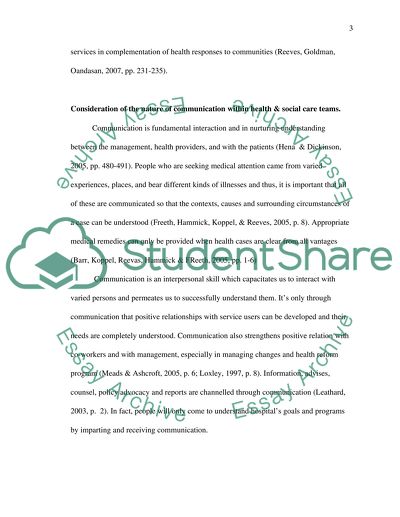Cite this document
(“The Purpose,Scope and Context of Interprofessional Collaboration Essay”, n.d.)
The Purpose,Scope and Context of Interprofessional Collaboration Essay. Retrieved from https://studentshare.org/nursing/1462489-the-purposescope-and-context-of-interprofessional
The Purpose,Scope and Context of Interprofessional Collaboration Essay. Retrieved from https://studentshare.org/nursing/1462489-the-purposescope-and-context-of-interprofessional
(The Purpose,Scope and Context of Interprofessional Collaboration Essay)
The Purpose,Scope and Context of Interprofessional Collaboration Essay. https://studentshare.org/nursing/1462489-the-purposescope-and-context-of-interprofessional.
The Purpose,Scope and Context of Interprofessional Collaboration Essay. https://studentshare.org/nursing/1462489-the-purposescope-and-context-of-interprofessional.
“The Purpose,Scope and Context of Interprofessional Collaboration Essay”, n.d. https://studentshare.org/nursing/1462489-the-purposescope-and-context-of-interprofessional.


